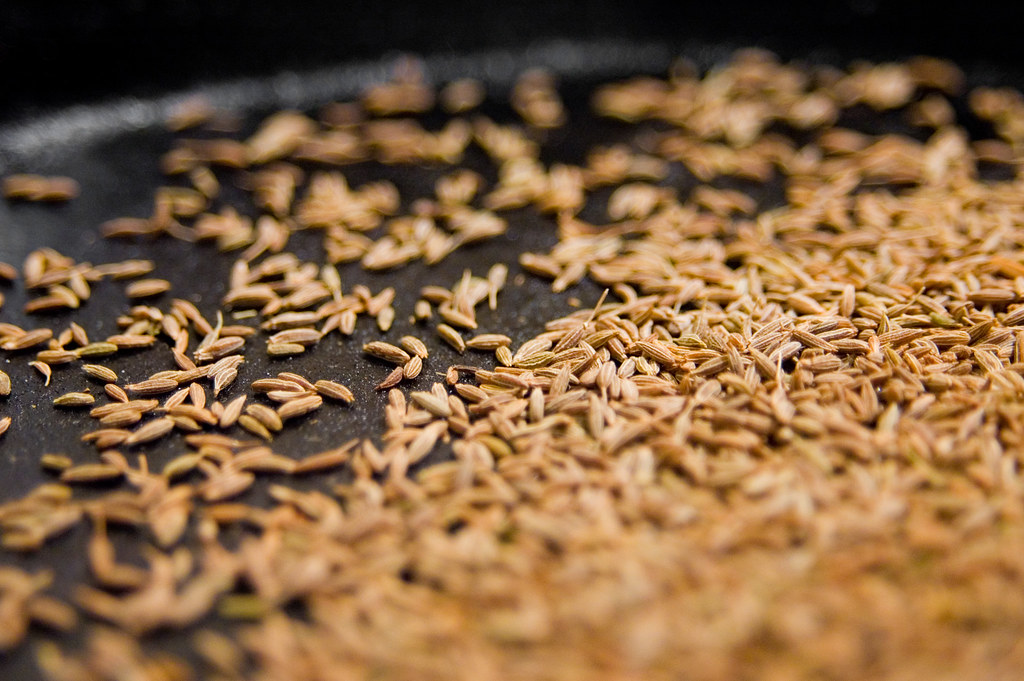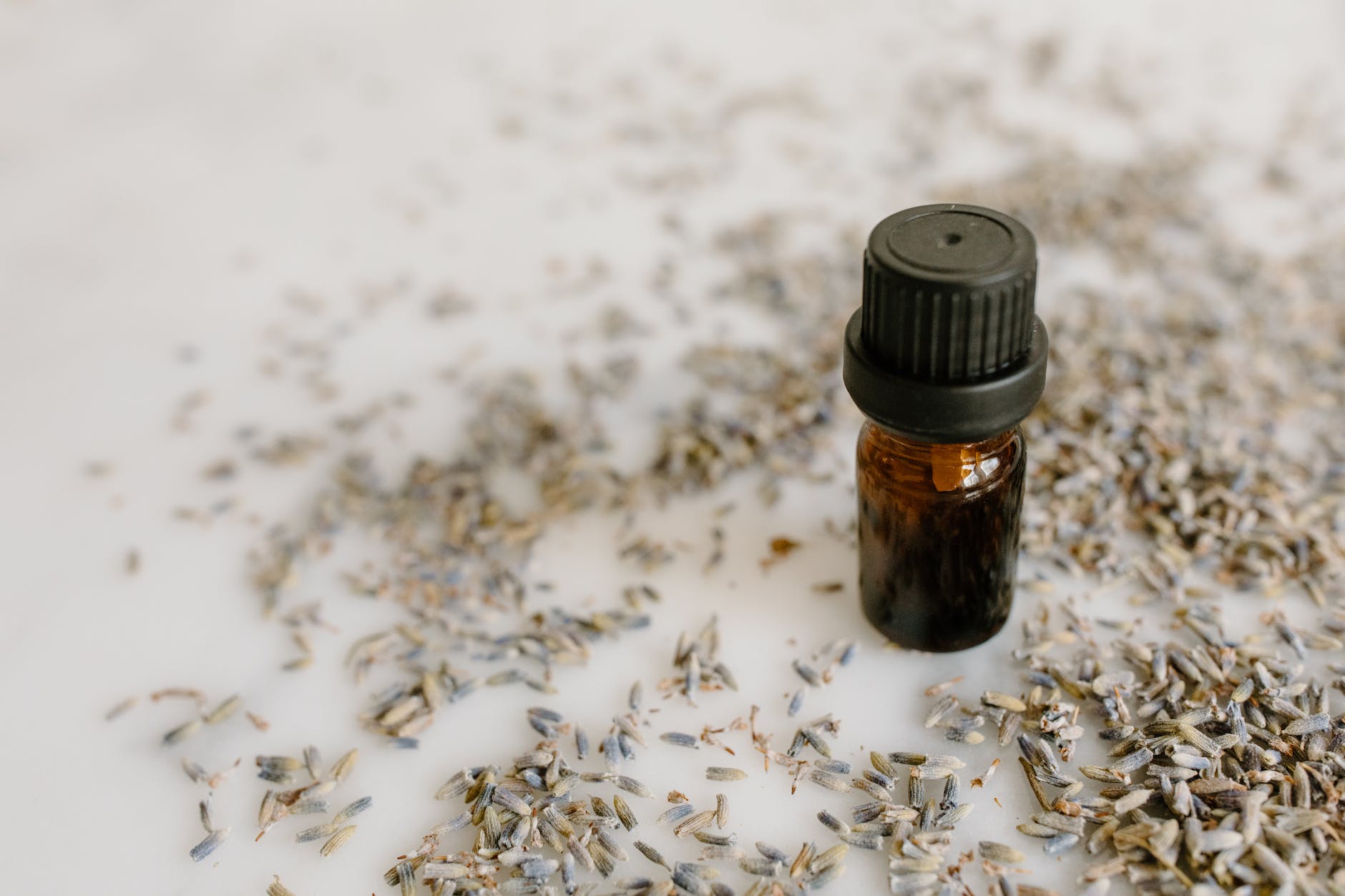
Introduction:
The Glycemic Index (GI) has been a buzzword in the health and nutrition world for years, but what does it truly signify? As more individuals seek effective and sustainable weight loss methods, understanding the role of GI becomes paramount. In this guide, we’ll delve deep into the Glycemic Index, demystify its science, and debunk common myths, providing you with actionable insights for a healthier lifestyle.
Confused between Glycemic Index versus Glycemic Load? Read: Glycemic Index (GI) VS Glycemic Load (GL)
1. What is the Glycemic Index?:
The Glycemic Index is a ranking system that measures how quickly and significantly a carbohydrate-containing food raises blood sugar levels. Foods are ranked on a scale from 0 to 100, with pure glucose (sugar) serving as the reference point with a GI of 100.
- Low GI (55 or less): Foods that are digested, absorbed, and metabolized slowly, leading to a gradual rise in blood sugar. Examples include whole grains, legumes, and most fruits and vegetables.
- Medium GI (56-69): Foods that have a moderate impact on blood sugar levels. This category includes some types of rice, raisins, and certain breads.
- High GI (70 and above): These foods cause a rapid spike in blood sugar. Examples are white bread, most breakfast cereals, and sugary beverages.
Understanding the GI of foods can help individuals make informed dietary choices, especially those looking to manage their blood sugar levels or achieve weight loss.
2. The Science Behind GI and Weight Loss:
The relationship between the Glycemic Index and weight loss is rooted in the body’s insulin response. When we consume high-GI foods, our blood sugar levels rise rapidly, prompting the pancreas to release a surge of insulin. Insulin is a hormone responsible for transporting sugar from the bloodstream into cells. However, excessive insulin can lead to:
- Fat storage: High insulin levels signal the body to store excess sugar as fat, particularly in the abdominal area.
- Hunger pangs: A rapid spike in blood sugar followed by a sharp drop can lead to feelings of hunger shortly after eating, increasing the likelihood of overeating.
- Energy crashes: The post-meal slump many people experience is often due to a rapid drop in blood sugar after consuming high-GI foods.
On the other hand, low-GI foods provide a steady release of energy, keeping hunger at bay and promoting satiety. This not only aids in weight management but also supports stable energy levels throughout the day.
3. Debunking Common Myths about GI:
With the popularity of the Glycemic Index, several myths have emerged. Let’s set the record straight:
- Myth: “All carbs are bad.”
- Truth: Not all carbohydrates are created equal. While refined carbs like white bread have a high GI, many whole foods like quinoa, barley, and legumes have a low GI and are packed with essential nutrients.
- Myth: “A low-GI diet means avoiding all sugars.”
- Truth: Natural sugars found in fruits, dairy, and some vegetables can be part of a low-GI diet. It’s the added sugars in processed foods that often have a high GI and should be consumed in moderation.
- Myth: “Low-GI foods are always healthier.”
- Truth: While many low-GI foods are nutritious, some can be high in unhealthy fats or sodium. It’s essential to consider the overall nutritional profile of a food, not just its GI.
By understanding the facts and dispelling the myths, individuals can make more informed dietary choices that align with their health goals.
However it is also important to understand the Glycemic Loads of the food you are eating as well, to help understand the concept we have made a list as well as calculator here: Glycemic Index (GI) VS Glycemic Load (GL).
4. Benefits of a Low-GI Diet:
Embracing a low-GI diet offers a myriad of health benefits beyond just weight management. Here’s a closer look at some of the advantages:
- Stable Energy Levels: Low-GI foods provide a steady energy release, helping you avoid those mid-day slumps and maintain consistent energy throughout the day.
- Reduced Risk of Chronic Diseases: Studies have shown that a low-GI diet can reduce the risk of type 2 diabetes, cardiovascular diseases, and certain types of cancers.
- Improved Blood Sugar Control: For individuals with diabetes or those at risk, a low-GI diet can help maintain stable blood sugar levels, reducing the need for insulin and other medications.
- Enhanced Satiety: Foods with a lower GI tend to be richer in fiber and protein, which can help you feel full longer, reducing the likelihood of overeating.
- Better Digestive Health: Many low-GI foods, such as whole grains and legumes, are high in dietary fiber, promoting healthy digestion and regular bowel movements.
5. Practical Tips to Incorporate Low-GI Foods:
Transitioning to a low-GI diet doesn’t have to be challenging. Here are some practical tips to help you make the shift:
- Start with Whole Grains: Replace white rice and bread with whole grain alternatives like brown rice, quinoa, and whole grain bread.
- Snack Smart: Opt for low-GI snacks like nuts, seeds, and Greek yogurt instead of chips or sugary treats.
- Incorporate Legumes: Beans, lentils, and chickpeas are not only low in GI but also packed with protein and fiber. Add them to salads, soups, or stews.
- Limit Sugary Beverages: Instead of sodas or sugary juices, hydrate with water, herbal teas, or unsweetened beverages.
- Read Labels: When shopping, check the labels for added sugars and high-GI ingredients. The fewer the ingredients, the better.
- Cook at Home: Preparing meals at home allows you to control the ingredients and ensure you’re consuming low-GI foods.
7. FAQs about Glycemic Index and Weight Loss:
As the Glycemic Index gains traction in health and nutrition circles, several questions arise. Here are answers to some frequently asked questions:
- Q: Can I eat high-GI foods in moderation?
- A: Yes, it’s about balance. While the focus should be on low-GI foods, occasional indulgence in high-GI foods is okay, especially if combined with low-GI foods to balance the impact on blood sugar.
- Q: Is the Glycemic Index the only factor to consider for weight loss?
- A: No, while GI is a valuable tool, other factors like calorie intake, portion sizes, and overall diet quality also play crucial roles in weight management.
- Q: How does protein and fat affect the GI of foods?
- A: Protein and fat can lower the GI of a meal. For instance, adding avocado or nuts to a dish can reduce its overall GI.
- Q: Are all fruits high in GI?
- A: No, many fruits like berries, apples, and pears have a low to medium GI. However, tropical fruits like pineapples and mangoes tend to have a higher GI.
Conclusion and Takeaways:
The Glycemic Index offers a unique lens through which we can understand our food choices and their impact on our blood sugar and overall health. By incorporating low-GI foods, debunking myths, and adopting a holistic approach to well-being, individuals can pave the way for sustainable weight loss and optimal health. Remember, it’s not just about numbers but making informed and balanced choices that align with your health goals and lifestyle.
FAQs
- What exactly is the Glycemic Index (GI)?
- The Glycemic Index is a ranking system that measures how quickly and significantly a carbohydrate-containing food raises blood sugar levels. Foods are ranked on a scale from 0 to 100, with pure glucose serving as the reference point with a GI of 100.
- How does the Glycemic Index impact weight loss?
- Foods with a high GI can cause rapid spikes in blood sugar, leading to increased insulin production, which can promote fat storage. On the other hand, low-GI foods provide a steady energy release, helping to control appetite and support sustainable weight loss.
- Are all carbs bad when considering the Glycemic Index?
- Not all carbohydrates are created equal. While refined carbs like white bread have a high GI, many whole foods like quinoa, barley, and legumes have a low GI and are packed with essential nutrients.
- How can I start incorporating low-GI foods into my diet?
- Begin by choosing whole grains over refined grains, opt for fresh fruits and vegetables, and include legumes and lean proteins in your meals. Reading food labels and being aware of added sugars can also guide healthier choices.
- Is a low-GI diet suitable for everyone?
- While many people can benefit from a low-GI diet, especially those looking to manage blood sugar or lose weight, individual needs may vary. It’s always best to consult with a nutritionist or healthcare provider to tailor a diet to your specific requirements.
- How does a low-GI diet compare to other popular diets like Keto or Paleo?
- While the low-GI diet focuses on the blood sugar impact of foods, diets like Keto emphasize low carbohydrate intake, and Paleo prioritizes whole, unprocessed foods. Each diet has its merits, and the best choice often depends on individual health goals and preferences.
- Can I eat fruits on a low-GI diet?
- Absolutely! Many fruits, such as berries, apples, and pears, have a low to medium GI. However, it’s essential to be mindful of portion sizes and opt for whole fruits over fruit juices or dried fruits.
Blog Tags for the Post:
Glycemic Index, Weight Loss, Low-GI Diet, Blood Sugar Management, Healthy Eating, Carbohydrates, Nutrition Tips, Whole Grains, Insulin Response, Sustainable Weight Loss, Dietary Choices, Low-GI Foods.











